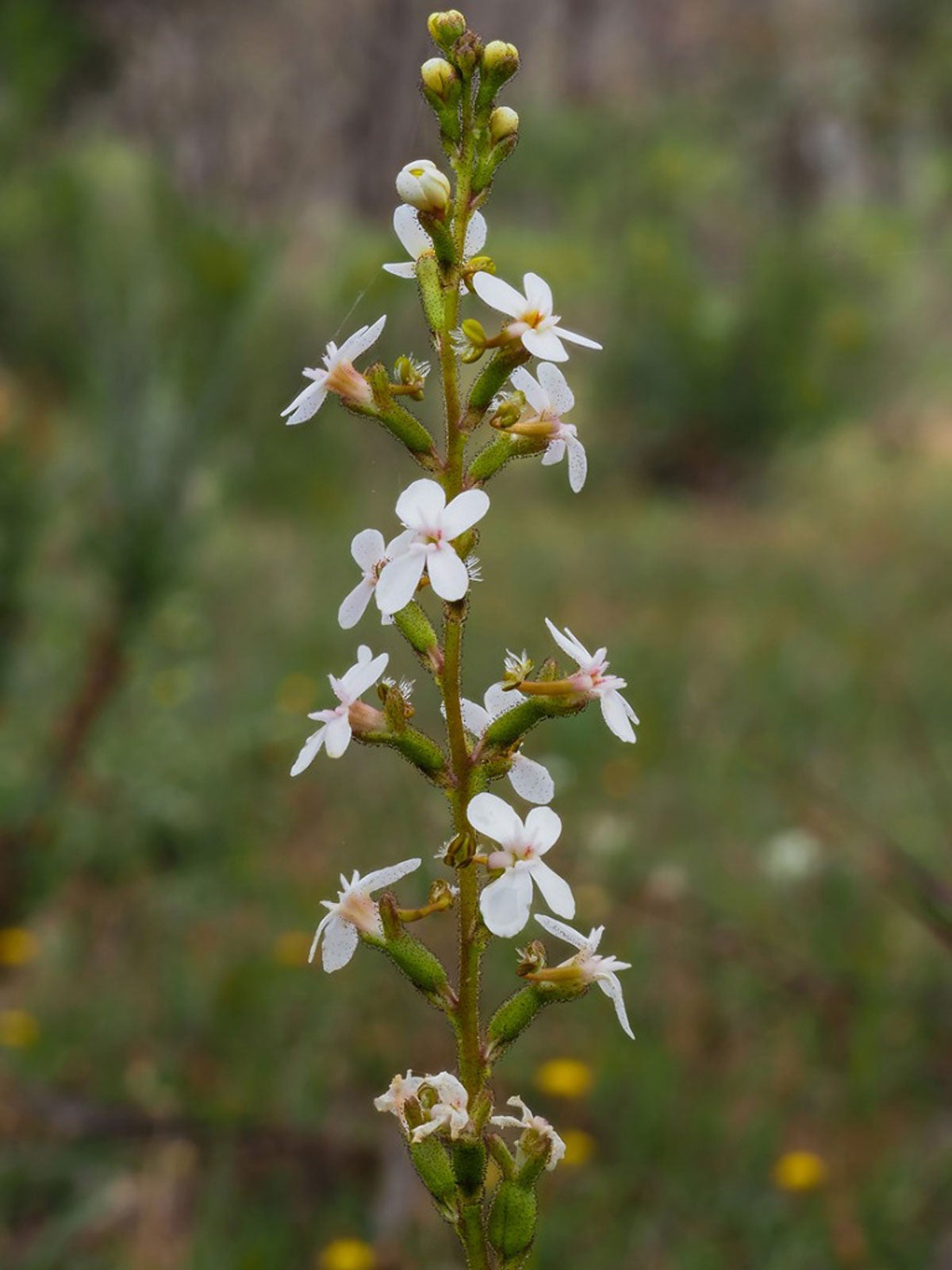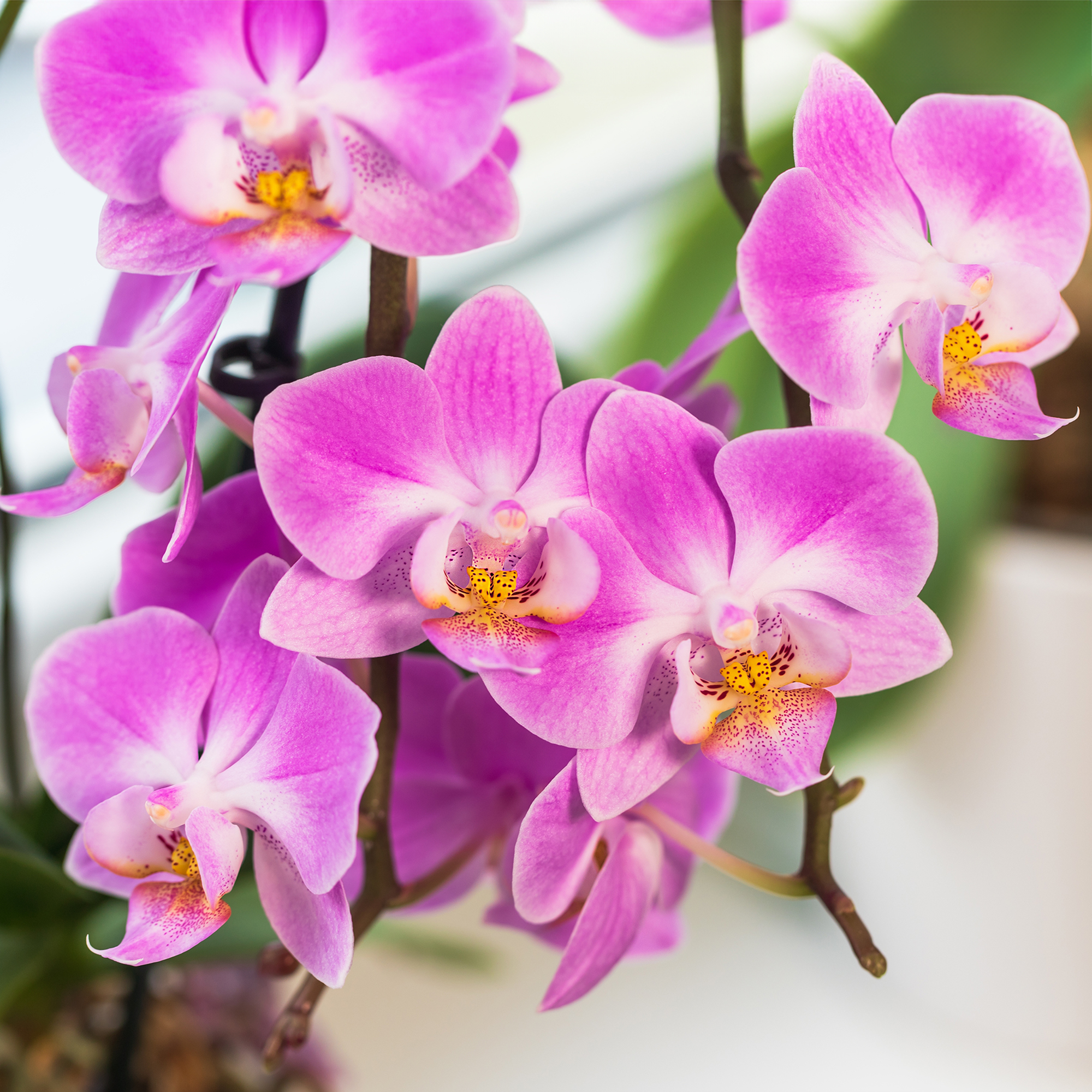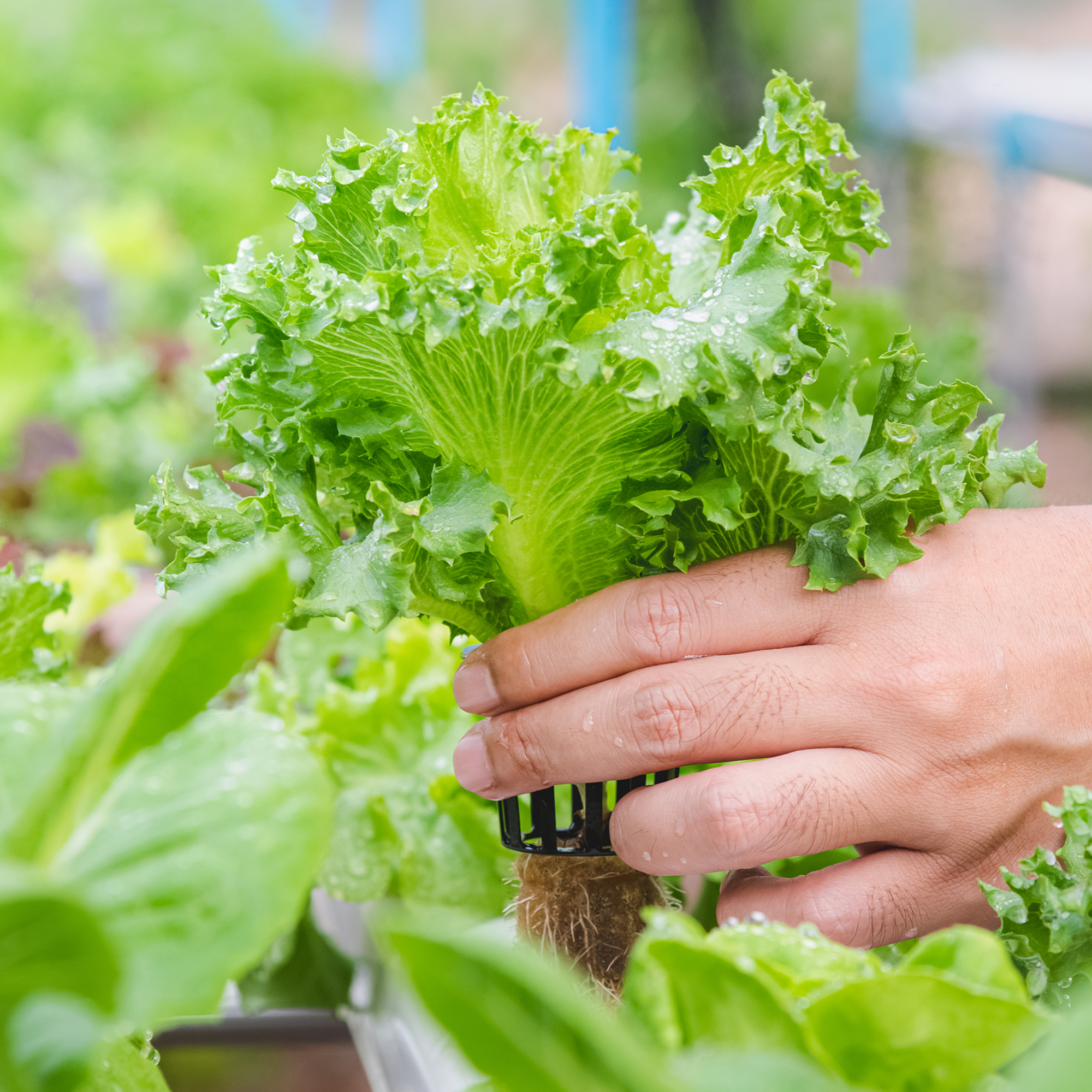Trigger Plant Information: How Australian Trigger Plants Get Pollinated


Most plants require the pollinator to do the work of collecting pollen, but in western Australia and parts of Asia, a native herb sits in wait for unsuspecting insects to land on the flower seeking its nectar. At just the right moment, a long-handled club reaches out from under the petals and slaps pollen onto the visiting insect.
Sound like a scene from a science fiction movie? The star is the trigger plant (Stylidium graminifolium). What is a trigger plant and what does the trigger plant do exactly? Read on for more information on how the plant performs its strange pollination ritual.
Trigger Plant Pollination
More than 150 species of the trigger-happy plants reside in the southwest part of western Australia, the largest concentration of the fascinating flowers, accounting for 70 percent of trigger plants worldwide.
The club, or column as it is called, found on the trigger plant contains both the male and female reproductive parts (stamen and stigma). When the pollinator lands, the stamen and stigma take turns with the leading role. If the insect is already carrying pollen from another Stylidium, the female part can accept it, and voila, pollination is complete.
The column mechanism is triggered by the difference in pressure when a pollinator lands on the flower, causing a physiological change that sends the column toward the insect with the stamen or the stigma doing its thing. Extremely sensitive to touch, the column completes its mission in only 15 milliseconds. It takes anywhere from a few minutes to a half hour for the trigger to reset, depending on the temperature and the specific species. Cooler temperatures seem to correspond to slower movement.
The flower arm is precise in its aim. Different species strike at different parts of the insect and consistently so. Scientists say that helps to avoid self-pollination or hybridization between the species.
Additional Trigger Plant Information
Trigger plants thrive in varying habitats including grassy plains, rocky slopes, forests, and alongside creeks. The species S. graminifolium, which is found across Australia, can tolerate a wider range of habitats since it is used to greater diversity. Trigger plants native to western Australia tend to be cold hardy to 28 to 30 degrees F. (-1 to -2 C.).
Gardening tips, videos, info and more delivered right to your inbox!
Sign up for the Gardening Know How newsletter today and receive a free copy of our e-book "How to Grow Delicious Tomatoes".
Certain species can be grown in most of the United Kingdom and the United States as far north as New York City or Seattle. Grow trigger plants in a moist medium that is nutrient poor. Avoid disturbing the roots for healthier plants.

After graduating from Oklahoma State University with a degree in English, Susan pursued a career in communications. In addition, she wrote garden articles for magazines and authored a newspaper gardening column for many years. She contributed South-Central regional gardening columns for four years to Lowes.com. While living in Oklahoma, she served as a master gardener for 17 years.
-
 Is Your Orchid Epiphytic? Why It Matters – And How To Tailor Care For The Best Blooms
Is Your Orchid Epiphytic? Why It Matters – And How To Tailor Care For The Best BloomsWith quirky aerial roots and exotic flowers, epiphytic orchids are unlike any other houseplant. Find out how to care for them and why they're worth the effort.
-
 How To Grow Lettuce In Water: Easy Hydroponics For Soil-Free Leaves Year-Round
How To Grow Lettuce In Water: Easy Hydroponics For Soil-Free Leaves Year-RoundWant fresh lettuce without the fuss? Skip the soil and learn how to grow it hydroponically on your countertop or windowsill.